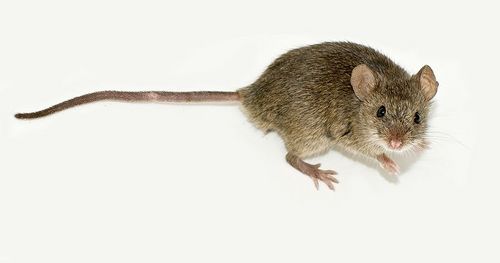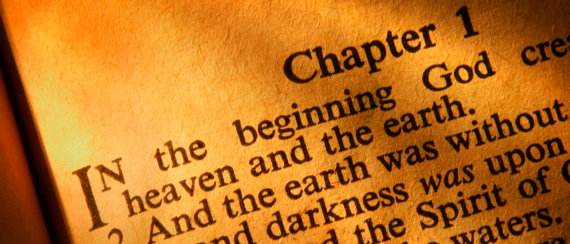
One need look no further than the genome of the mouse to find evidence for common ancestry. The order of genes in both mouse and human genomes is maintained over long stretches of DNA. In other words, if I find three genes — A, B, and C — in the human genome, I will likely find mouse counterparts of the same genes in the same order. In some cases, this correlation extends over a large number of genes.
More compelling, however, is the positioning of ancient repetitive elements (AREs), the result of “jumping genes” that can copy and insert themselves in other locations throughout the genome, often without changing any function of the whole. These DNA segments make up a large part of mammalian genomes (45% for humans). When we once again compare the human and mouse genome, however, we find that these AREs are approximately in the same location in both mouse and human genomes.
Why do these DNA segments exist in the same location in both genomes? Either these are remnants of a common ancestor that have been passed down to its descendants, or they were placed in the genome deliberately by an intelligent creator. While some may argue that in fact these AREs serve functions we are simply not aware of yet, in many cases the jumping genes are damaged upon landing, becoming decapitated and truncated far past the point of functionality.
As Collins writes, “Unless one is willing to take the position that God has placed these decapitated AREs in these precise positions to confuse and mislead us, the conclusion of a common ancestor for humans and mice is virtually inescapable” (pp. 136-137). We must remember that such a conclusion is not a challenge to God’s role as creator. However, it is a challenge to those who insist that God created all species in their present form.

